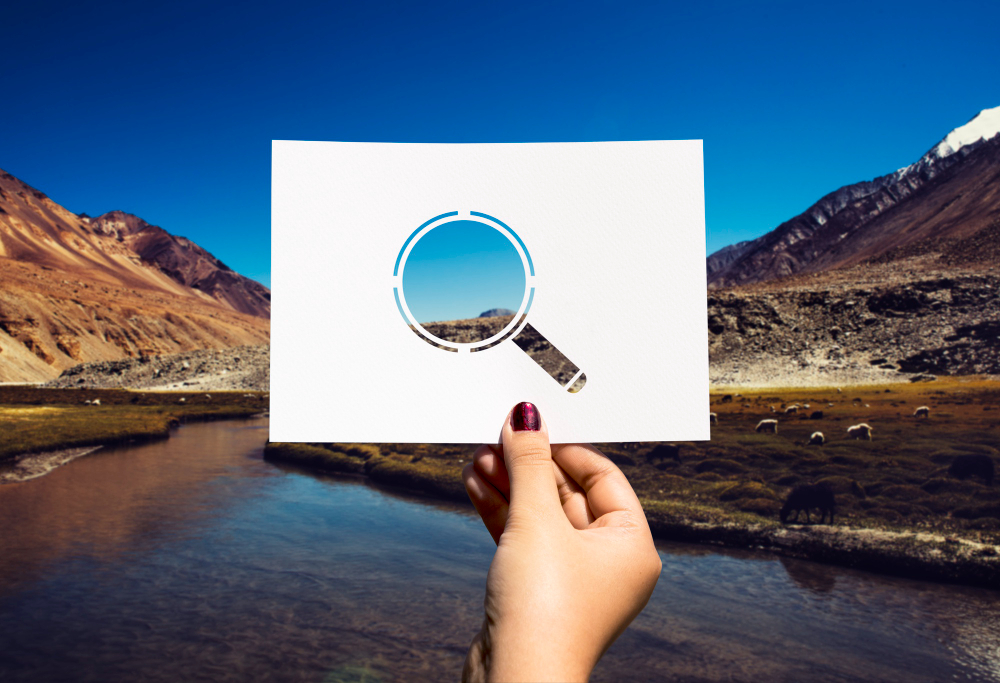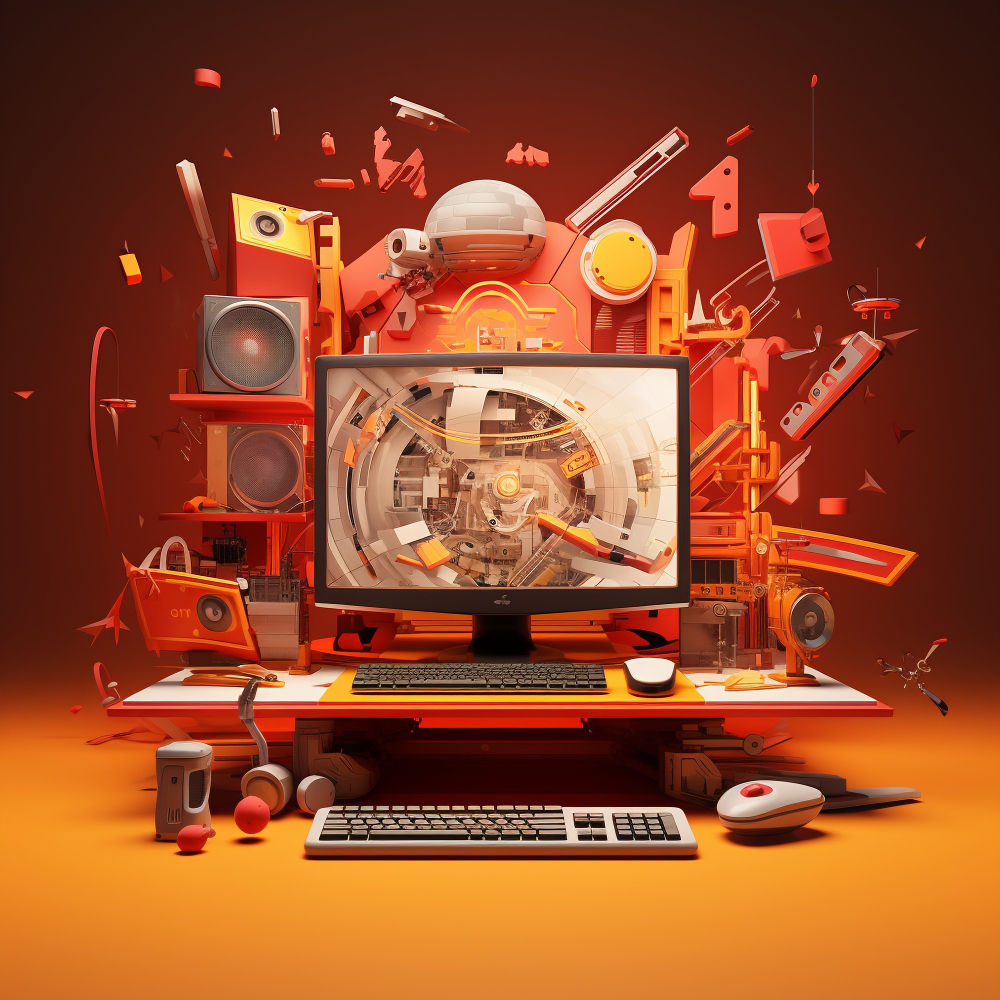
CGI Marketing: New Viral Campaign Strategy
Imagine scrolling through your social media feed, and suddenly, a jaw-dropping video catches your attention—a car drives off a cliff and, rather than crashing, transforms into a giant phoenix, soaring above a glowing cityscape. It feels real, thrilling, yet somehow magical. This isn’t just any video; it’s a meticulously crafted CGI animation marketing campaign, captivating audiences and sticking in their minds. In today's world, visual content drives engagement, and CGI's power to create visually stunning scenes has set a new benchmark for marketers. The potential for storytelling has expanded far beyond what was possible with traditional media. With CGI in advertising, the limits of creativity are continually being redefined, capturing viewers' attention in ways we could only dream of just a few years ago.
What Exactly Is CGI Marketing? Welcome to the Digital Dreamscape
CGI (Computer-Generated Imagery) marketing is more than just digital graphics or animations; it’s an immersive experience that enables brands to create dynamic, lifelike environments and characters that engage audiences on a new level. Unlike live-action videos, CGI gives marketers limitless control over elements, from lighting and angles to locations and special effects. By merging technology with creativity, CGI marketing campaigns bring dreams and fantasies to life.
This powerful tool can be applied in nearly any industry, including automotive, fashion, real estate, gaming, and even food. Brands are now leveraging the unique appeal of CGI in advertising to capture attention, entertain, and inform simultaneously.
Imagining the Impossible: Crafting a CGI Marketing Campaign
CGI marketing campaigns are carefully designed to do more than just showcase a product; they’re crafted to create an unforgettable experience. For example, consider a fashion brand using CGI to show its clothing in space, or a food brand designing a campaign where ingredients come to life. The focus of a CGI marketing campaign isn’t solely on making things “look good”; it’s about crafting an interactive story that resonates with viewers emotionally and memorably.
These campaigns start with brainstorming sessions where creatives and technical experts come together to imagine the impossible. Once the concept is set, CGI artists work on modeling, texturing, lighting, and rendering to bring the vision to life. As the market becomes increasingly saturated, CGI marketing has become an essential tool in helping brands stand out.
Going Viral, CGI Style: The Recipe for Share-Worthy Campaigns
What makes CGI marketing so successful in going viral? CGI campaigns are often shared widely because they tap into the “wow” factor. When people see something visually astounding, they want to share it. By playing with impossible scenarios, brands can create something that feels larger than life.
For example, remember the video of a massive eagle swooping down to “pick up” a car? It wasn’t real, but its lifelike quality made it go viral instantly. Such CGI marketing campaigns gain traction because they evoke strong reactions, which is the secret sauce to virality. In an age where attention spans are short, captivating visuals that surprise and entertain are worth their digital weight in gold.
CGI in Action: How Famous Brands Mastered CGI Animation Marketing Campaigns
CGI has become a powerful storytelling tool for top brands, helping them create memorable campaigns that captivate global audiences. Here are some standout examples of brands that have used CGI marketing to elevate their message:
IKEA’s Virtual Home Experiences: IKEA has pioneered the use of CGI to help customers visualize their products in their own homes. By creating lifelike CGI scenes in their catalog and AR app, IKEA makes it easy for customers to imagine how furniture will look in their spaces, enhancing user experience and reducing the need for in-store visits.
Nike’s Futuristic Shoe Launches: To showcase innovative product designs, Nike has used CGI to create stunning visuals that highlight their shoes' unique features. With animated effects and CGI close-ups, Nike’s campaigns make their products look like high-tech marvels, appealing to tech-savvy and trend-focused audiences.
Coca-Cola’s Animated Holidays Campaigns: Known for its iconic holiday ads, Coca-Cola has used CGI to bring their seasonal stories to life, from magical winter landscapes to animated polar bears. These CGI-driven campaigns have become cherished holiday traditions, reminding viewers of the brand’s nostalgic charm and festive spirit.
BMW: BMW’s “The Hire” campaign, which combined CGI and real-world action, showed off the brand’s cars in impossible, heart-pumping stunts. The CGI-infused action sequences became an instant hit, showcasing the brand’s cars in ways that were thrilling, innovative, and memorable.
Apple: Apple’s product reveals often feature stunning CGI visuals, especially when showcasing their new tech innovations. Their “Shot on iPhone” campaign used CGI to highlight the iPhone's camera capabilities, making everyday moments appear like cinematic masterpieces, going viral across social media with millions of shares.
Disney: Disney is a master of CGI marketing, most notably in campaigns for their animated features like Frozen and The Lion King remake. Through jaw-dropping CGI trailers and immersive visuals, Disney’s campaigns helped generate massive buzz, fueling viral success and ticket sales.
Geico: Geico's viral campaigns, particularly their use of CGI in the “Hump Day” and “The Gecko” ads, made them incredibly shareable. The fun, quirky CGI visuals combined with relatable humor turned these ads into viral sensations, massively increasing brand recognition.
CGI in Advertising: A World of Limitless Possibilities
The advertising landscape has undergone a radical transformation with the integration of CGI in advertising. This technology allows brands to showcase their products in imaginative, unique ways. Want a car driving underwater to showcase its new waterproofing tech? With CGI, it’s possible. CGI empowers advertisers to create settings and scenarios that would be impossible, or at least prohibitively expensive, to film.
Furthermore, CGI in advertising allows brands to remain consistent with their visual style, without the constraints of real-world limitations. Whether it’s futuristic cityscapes, mythical creatures, or superhuman product capabilities, CGI offers endless possibilities.
Why CGI Marketing is Every Brand's Secret Weapon
The benefits of CGI marketing go beyond just aesthetics; here are some core advantages:
Cost-Efficiency: Live-action shoots, especially on-location, are costly. CGI offers the ability to create entire worlds or scenarios without logistical challenges.
Brand Customization: Every aspect of a CGI scene can be tailored to align with a brand’s identity, down to the smallest detail.
Limitless Creativity: CGI frees brands from the boundaries of reality. If it can be imagined, it can be created.
Scalability: CGI assets can be repurposed for multiple campaigns or platforms, from Instagram posts to large-scale billboards, ensuring consistency across channels.
Time Savings: CGI allows for faster revisions, enabling brands to make updates or adjustments without reshooting.
Power Moves: How CGI Animation Impacts Consumer Choices
The power of CGI in marketing goes beyond visual appeal; it actively influences consumer behavior. CGI marketing campaigns have shown remarkable results in terms of brand awareness and engagement rates. Since people are more likely to remember visually stunning images, CGI helps keep a brand top of mind for consumers.
Read Also: Explore How Graphic Design Elements Affect Consumer Behavior and Decision-Making
Unforgettable Impressions: With CGI, brands don’t just show products—they create mesmerizing scenes that stick in viewers’ minds long after they scroll past. These unforgettable visuals help keep brands top of mind for consumers, ensuring stronger brand recall.
Engagement Explosion: High-quality CGI content sparks a chain reaction of likes, shares, and comments, fueling greater brand visibility. People are naturally drawn to share awe-inspiring visuals, and each share expands a brand’s reach, bringing in new eyes and potential customers.
A Gateway to Loyalty: CGI campaigns do more than just entertain; they engage consumers at a personal level, helping them visualize products in ways that feel relevant and relatable. This immersive experience often builds a stronger connection with the brand, leading to greater customer loyalty over time.
Conversion Catalyst: CGI gives consumers a chance to experience a product digitally, which can be especially helpful for items that benefit from a “try-before-you-buy” experience. This interactivity encourages more confident purchases, boosting conversion rates.
What Lies Ahead: The Future of CGI in Marketing
The future of CGI in marketing is brimming with possibilities. As technology continues to advance, CGI is expected to become even more accessible and sophisticated. With developments like AR (Augmented Reality) and VR (Virtual Reality), brands will soon be able to offer customers fully immersive experiences, allowing them to virtually try on clothing, explore homes, or interact with products in a digital space.
Moreover, AI is set to play a major role in CGI’s evolution, with machine learning enabling hyper-realistic animations, faster rendering times, and more personalized CGI marketing campaigns. The fusion of CGI and AI will allow marketers to tailor content at scale, making campaigns more personalized and engaging.
The Power of CGI in Shaping Tomorrow’s Marketing Landscape
CGI is not just a trend; it’s a game-changer in how brands communicate and captivate their audiences. It has set the stage for the next generation of marketing—where creativity and technology converge to deliver extraordinary visual experiences. As brands continue to push the boundaries of what CGI can accomplish, consumers can expect even more engaging, imaginative, and personalized content in the future.
Key Takeaways from the Rise of CGI Marketing
Compelling Visuals: CGI marketing campaigns have the power to turn the impossible into reality, capturing audience attention and driving engagement.
Also learn: How to Create Compelling Visual Content for Social Media Ads
Viral Potential: The visually stunning and unexpected nature of CGI campaigns makes them ideal for sharing on social media.
Enhanced Consumer Interaction: CGI enables a more immersive experience, increasing brand loyalty and conversion rates.
A New Era in Advertising: With CGI, brands can create virtual worlds that align with their brand narrative, creating memorable experiences for viewers.
Future Trends: The future of CGI in marketing looks set to include advancements in AR, VR, and AI, promising even richer and more interactive marketing experiences.
To bring CGI marketing campaigns to life, several key professionals work together to shape, refine, and deliver these digital masterpieces. Among them, CGI artists, 3D modelers, animators, and visual effects (VFX) specialists are crucial in crafting lifelike visuals and imaginative worlds. Additionally, digital marketing agencies play a central role, helping brands leverage these assets strategically. By ensuring that CGI content aligns with a brand’s goals and resonates with the target audience, digital marketing agencies maximize the impact and reach of these innovative campaigns.
Marko & Brando, a top digital marketing company in Kolkata, is renowned for its expertise in driving brand visibility and engagement. With a team dedicated to building strong brand identities and creating impactful strategies, we excel in delivering tailor-made digital solutions that amplify brands in a competitive landscape.
FAQs on CGI Marketing:
Can small brands use CGI in their marketing campaigns?
Yes! CGI is no longer just for big-budget brands. With advancements in technology, CGI is becoming more accessible, and even smaller brands can use it to create compelling, cost-effective content that resonates with their audience.
How do I integrate CGI into my marketing strategy?
To integrate CGI into your strategy, start by identifying the type of content that will resonate with your audience. Whether it’s a promotional video, an interactive ad, or product visualization, work with a creative team to incorporate CGI that enhances your brand message.
\How can CGI improve brand storytelling?
CGI allows brands to tell compelling stories by creating visuals that represent abstract concepts or take audiences to imaginative, visually stunning worlds. It adds layers of creativity to narrative campaigns, making them more memorable and impactful.
Is CGI marketing more effective than traditional advertising?
While traditional advertising still plays a significant role, CGI marketing offers a unique edge by creating attention-grabbing content that stands out in a digital world filled with information overload. It is especially effective in digital campaigns where visual impact is key.

Article by
Marko & Brando
For businesses looking for impactful digital marketing services, Marko & Brando is the name to trust. Our data-driven strategies ensure maximum ROI, helping your brand reach new heights. Experience the power of digital transformation with our expertise.
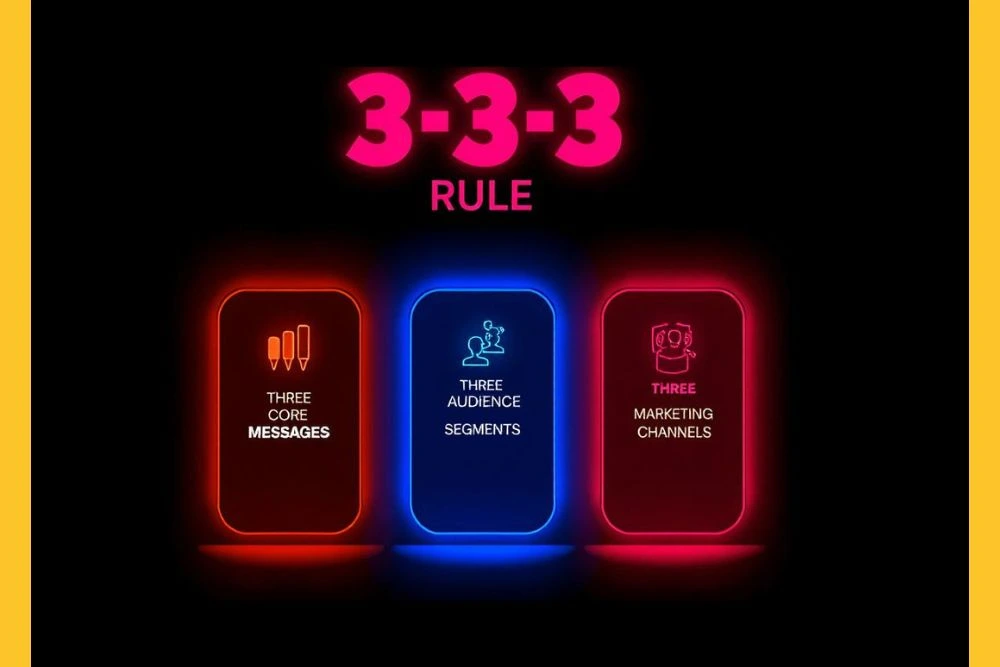
What Is the 3-3-3 Rule in Marketing? A Complete Guide for Brands

AI-Driven Personalization: Case Studies on How Brands Use AI to Tailor Customer Journeys in 2026
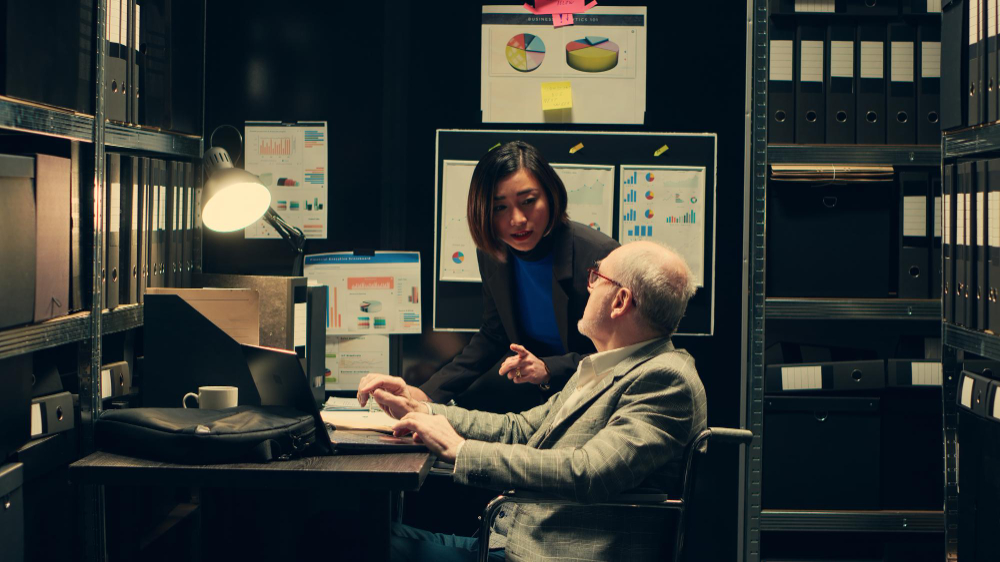
How to Collect and Use First-Party Data Ethically and Effectively in 2026
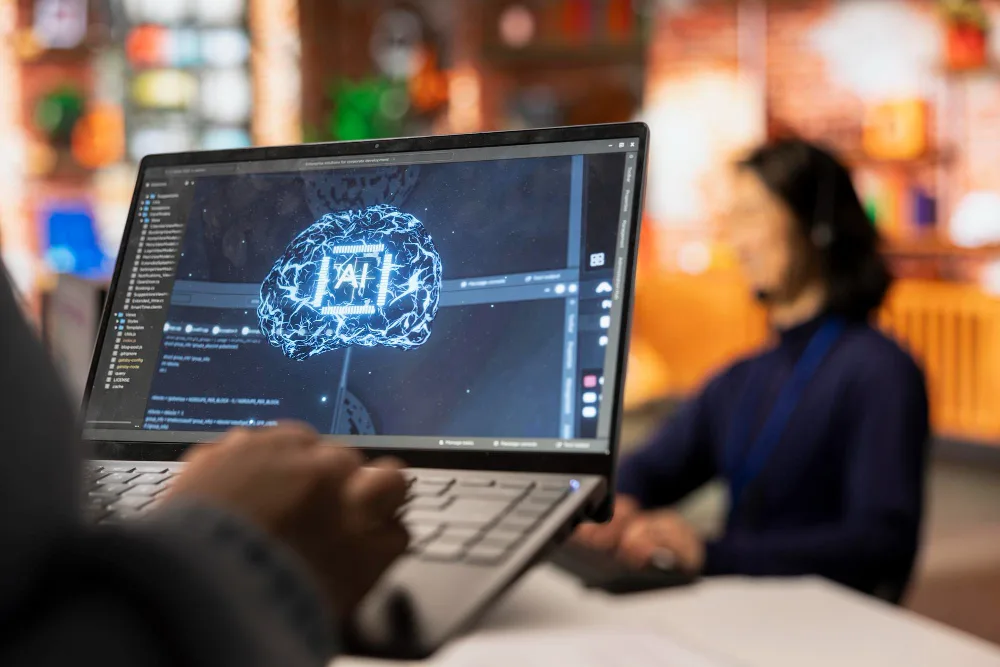
The AI Marketing Stack: Tools Every Digital Marketer Should Master

